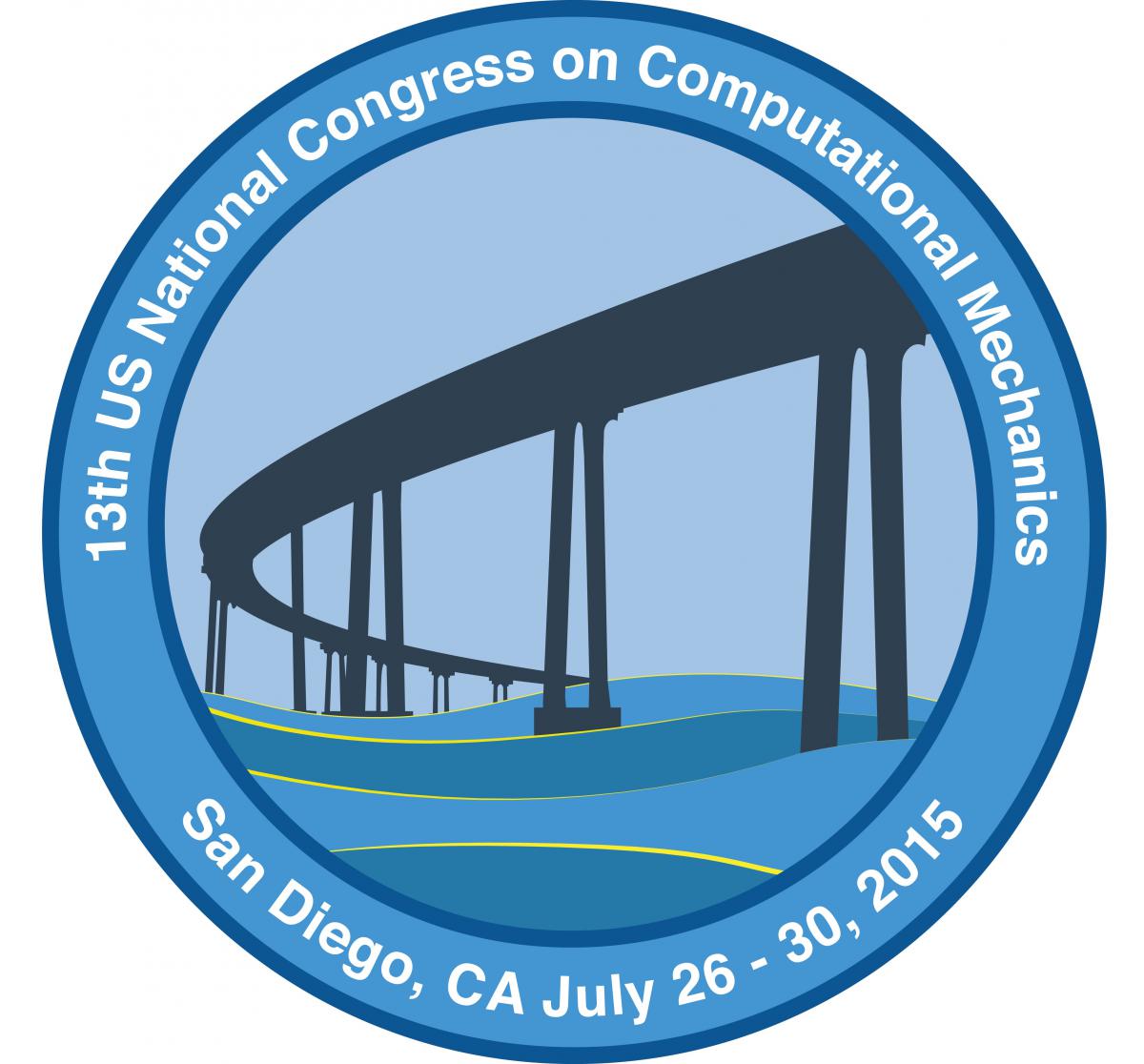Biomechanics Modeling: Advances and Applications to Real-World Problems
Advances in computational mechanics and imaging technologies are driving high-fidelity biomechanical simulations in multiple fields: biomedical life sciences, biology, paleontology, zoology and even national security. Biological systems are complex, both functionally and geometrically, heterogeneous and have sophisticated structural hierarchies. Simulation efforts to deal with these systems are pushing the boundaries in many directions. As examples, we could point to the ability to process patient-specific data; mesh very complex geometries; process huge nonlinear models; simulate mechanics at multiple scales; ascertain requisite geometric and material fidelity to capture targeted phenomenon; and how to establish validity of such models. These examples have real-world commercial implications in the research, development and regulatory approval of medical devices to functional sports/military safety equipment to the understanding of insect biomechanics for robotic applications.
In response to these issues, this mini-symposium is being organized to provide a forum to foster multidisciplinary interaction and collaboration among researchers in the field of computational biomechanics in various fields and experts in multiple application domains who are interested in using biomechanical simulations in real-world scenarios.
Topics of interest include, but are not restricted to, the following:
Algorithms for 3D image processing and 3D image based mesh generation
Development of reliable simulation algorithms
Computational modeling of biomedical devices
Verification and validation of computational models
Computational modeling of biological systems in medicine and biology
This mini symposium is sponsored by Simpleware (http://simpleware.com/).





